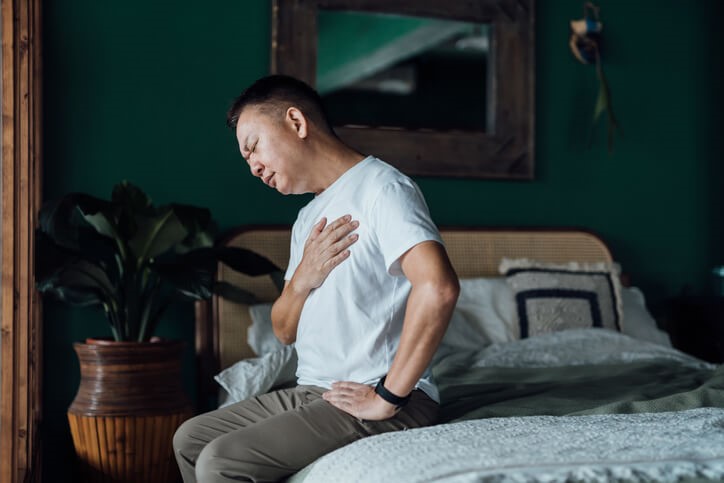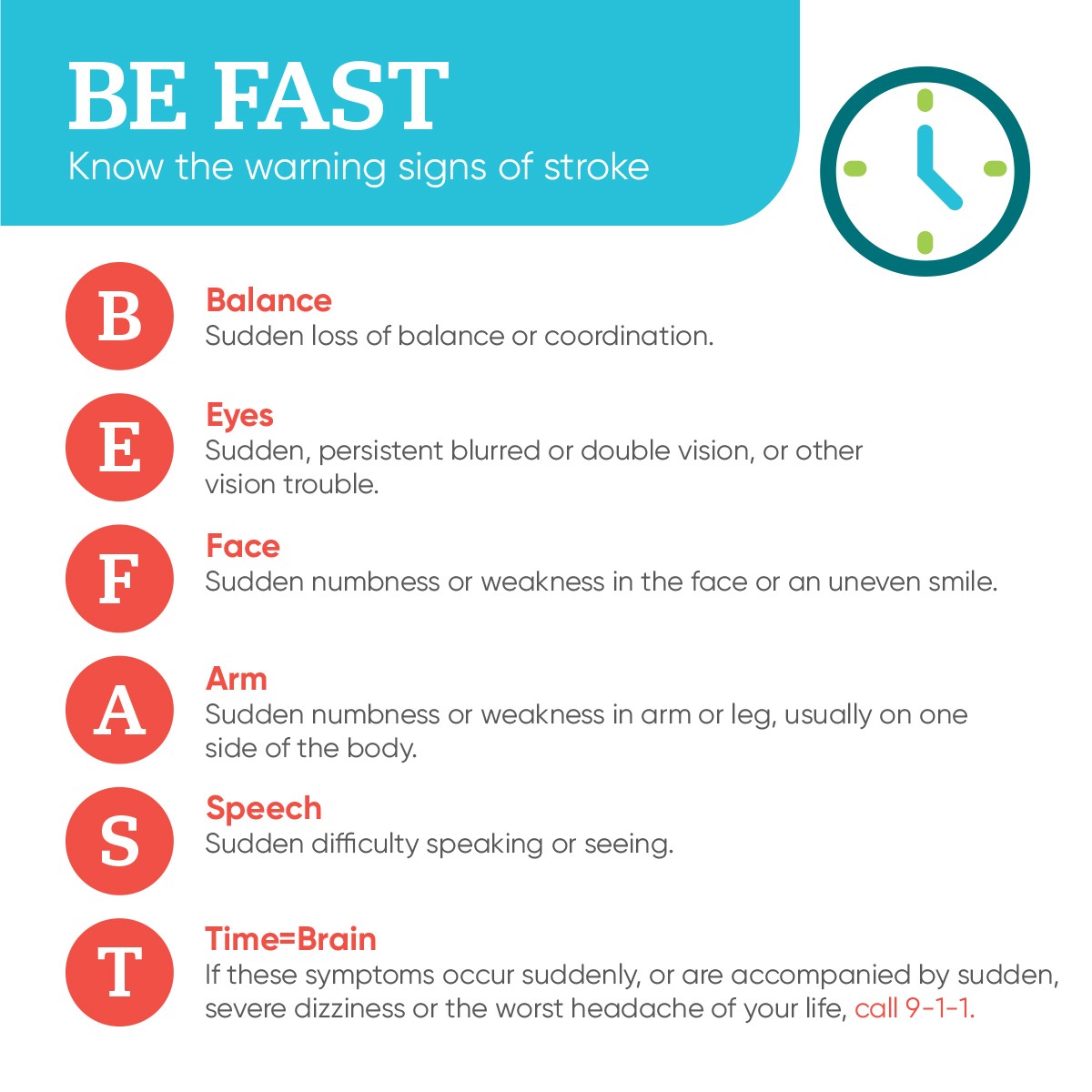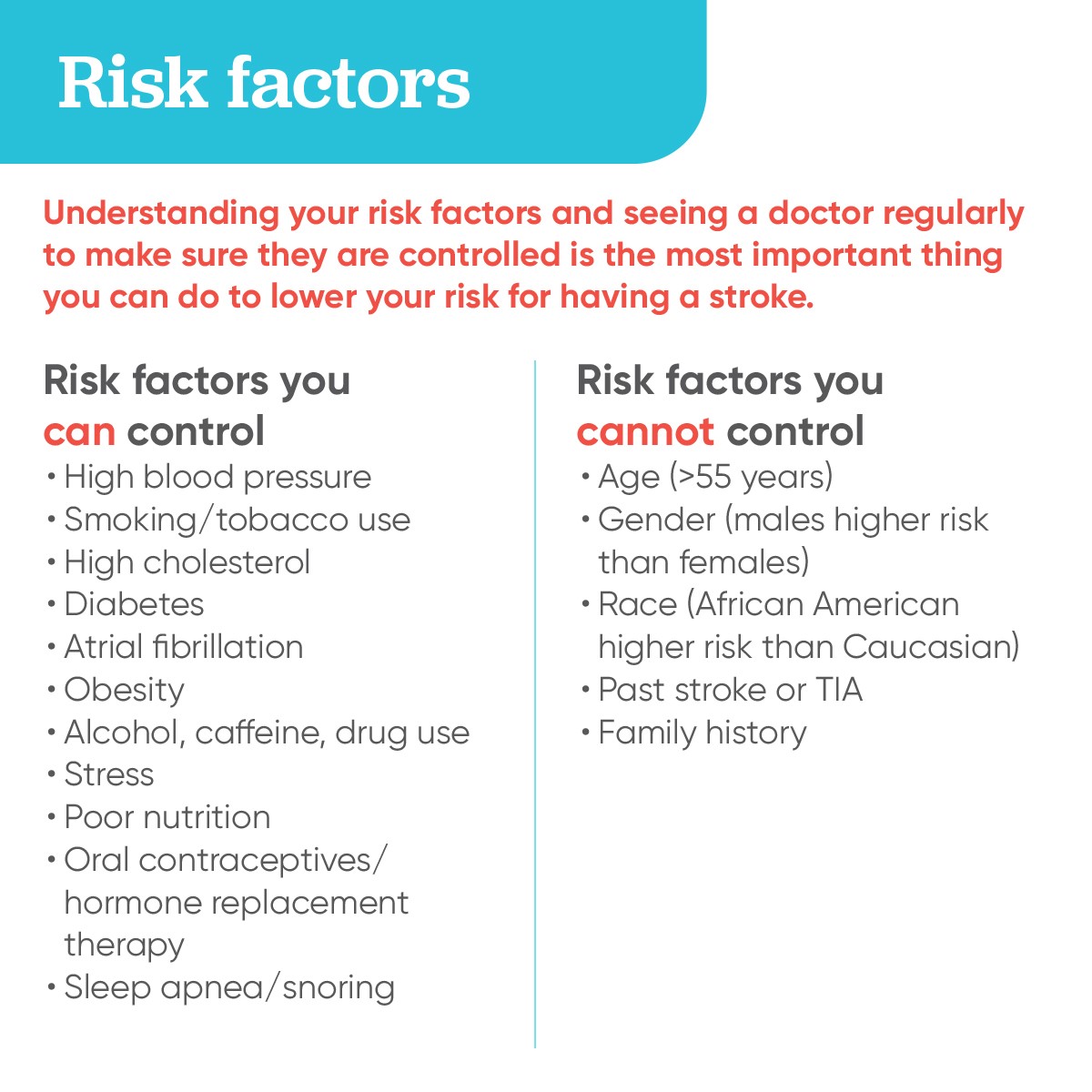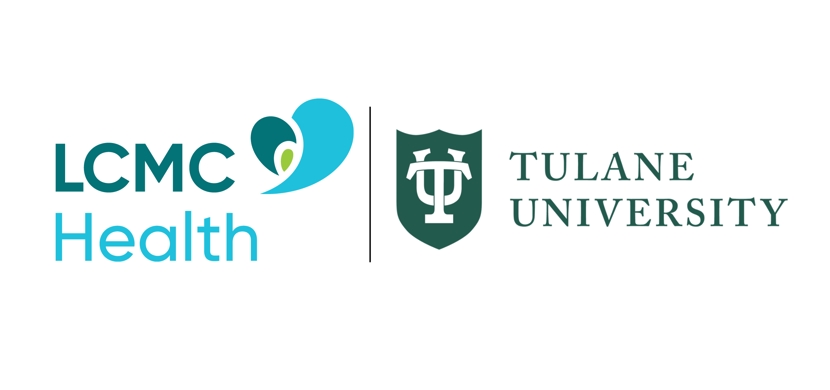How much do you really know about strokes?
- Category: Stroke
- Posted on:
.jpg)
May is Stroke Awareness Month at LCMC Health. All month long we’ll be sharing information about stroke warning signs, risk factors, and prevention. Remember: strokes strike F.A.S.T! The more you know, the faster you can detect and respond to sudden symptoms.
Strokes are no joke
Did you know that strokes are a leading cause of death in the country, causing more serious long-term disabilities than any other disease?
Every year, there are more than 800,000 strokes in the United States. While most stroke cases occur in older folks over the age of 65, the truth is that strokes can happen to people of all ages, genders, and ethnicities. In fact, women are more likely to die from a stroke than from breast cancer!

We know this is scary to hear, but it’s really important to know the facts, understand the warning signs and symptoms, and take stroke risks seriously. Successful treatment and recovery depends on it. With that in mind, let’s dig into all you need to know about strokes.
What is a stroke?
To understand what a stroke is, you’ve got to start by understanding the brain.
In a healthy person, blood vessels called arteries help carry blood from the brain to the heart. Our brains require a constant supply of blood to function properly, and any disruption to the flow can cause serious problems. That’s exactly what happens when a stroke occurs.
A stroke refers to when an artery carrying blood to the brain becomes blocked by plaque or a blood clot, or in some cases, the artery bursts, causing bleeding in the brain. In some cases, this can even cause the artery to burst. When blood flow to the brain is restricted as a result, brain cells begin to die rapidly.
Unfortunately, that is as serious as it sounds. It’s critical to seek treatment immediately upon the first sign of stroke. A quick response and rapid treatment can be the difference between life or death and can also minimize the long-term effects of a stroke.
MORE: Stroke, heart attacks haven’t gone away since COVID-19; neither should you
Ischemic vs. hemorrhagic stroke: What’s the difference?
There are two different types of strokes:
An ischemic stroke is the most common form of stroke. It’s caused by a clot or plaque and accounts for about 87% of all stroke cases.
A hemorrhagic stroke refers to bleeding that occurs in or around the brain due to uncontrolled elevated blood pressure, a ruptured aneurysm, or Arterial-venous malformation. These types of strokes are more uncommon, but just as devastating.
What are the after-effects?
Any type of stroke is extremely serious, and if untreated can cause significant brain damage and even death.
After experiencing a stroke, people may face a range of emotional and physical complications and changes, including:
- Pain
- Vision problems
- Issues sleeping
- Seizures
- Loss of bladder and/or bowel control
- Loss of mobility of certain parts of the body
- Chronic fatigue
- Issues with memory and thinking
- Depression and mental health challenges
Every minute matters
Stroke treatment is time-sensitive and becomes less effective with each minute of delay. That’s why it’s so important to know the signs and symptoms by heart. As soon as you suspect that someone may be having a stroke, it’s essential to call 9-1-1 and get care ASAP.
Stroke signs include:
- Sudden numbness or weakness of the face, arm, or leg on one side of the body (can be right or left!)
- Sudden confusion, trouble speaking, or difficulty understanding
- Sudden blurry or double vision, or trouble seeing out of one or both eyes
- Sudden trouble walking, dizziness, or loss of balance; falling to one side
- Sudden severe headache with no known cause (often described as the worst headache of someone’s life)
Use the F.A.S.T system to spot stroke signs
When it comes to detecting stroke warning signs and seeking treatment, it’s essential to B.E. F.A.S.T. The letters in this phrase can help you remember what symptoms to look out for:

Risk factors and prevention
Certain factors put people at different risk levels for stroke.

Spread the word
Rapidly detecting signs that someone is having a stroke is the key to successful treatment and recovery, so the more people who know and understand the symptoms, the better. Why not share this post with a friend or loved one? It may just save a life.
Remember: every moment counts, so don’t delay if you suspect a stroke. B.E. F.A.S.T! Learn about our stroke services near you by visiting lcmchealth.org/stroke
About Dr. Elder

Dr. Elder is a Clinical Associate Professor of Medicine in the Section of Emergency Medicine at LSU Health Sciences Center in New Orleans and serves as the Co-Director of the Division of EMS and Disaster Medicine. He is also the Medical Director for Emergency Management at University Medical Center and LCMC Health. In addition to that, Dr. Elder is the EMS Medical Director for St. Tammany Fire District No. 1 (Slidell Fire), serves as the Chairman of the Louisiana Emergency Medical Services Certification Commission, and is a member of the board of directors for the National Registry of EMTs.

